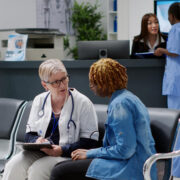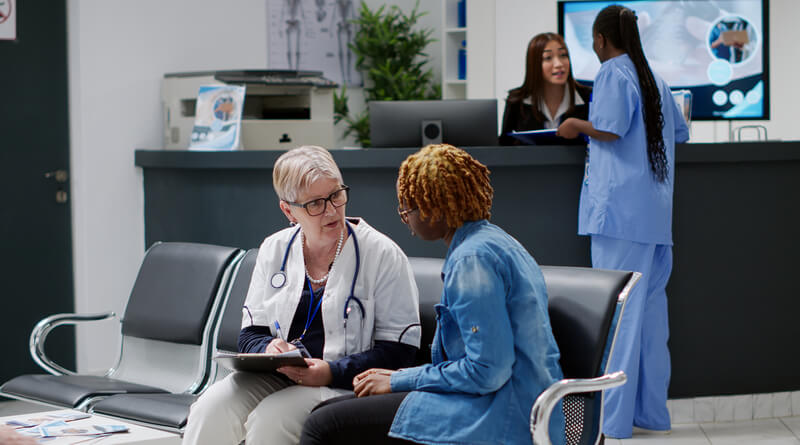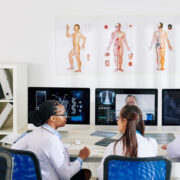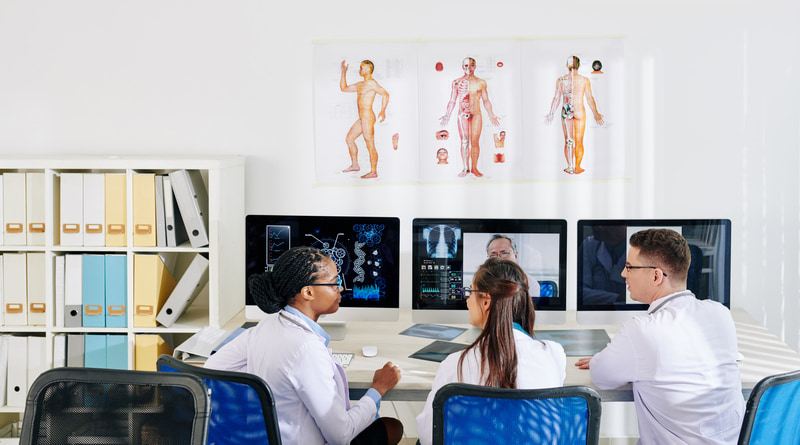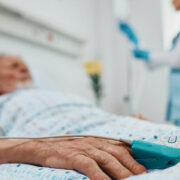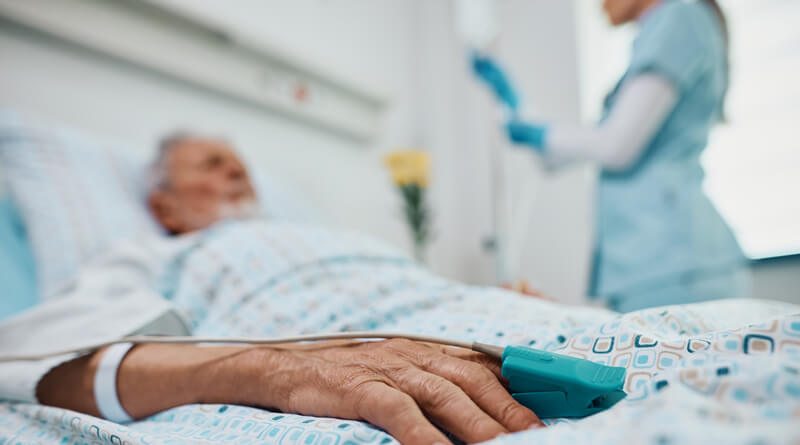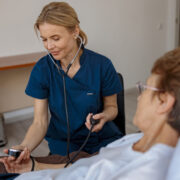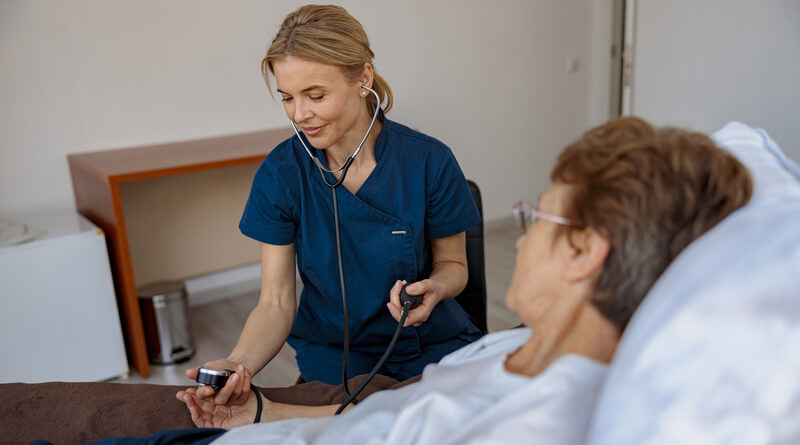What Nursing Careers Have the Most Immediate Impact on the Communities They Serve?

All nurses help people. That’s basically the job description. However, if you want to make the biggest impact possible with your BSN it may help to think about what your community needs the most. The answer to that question may depend on where you live and where your interests lie.
Still, there are objective metrics that can help make the decisions easier for you. Namely? What health services does your community lack? Are there gaps that you are interested in filling?
In this article, we take a look at what some of those gaps may be as we examine nursing careers that have the biggest impact on the communities that they serve.
Informatics Nurses
Informatics nurses can impact the lives of patients they never even physically encounter. They do this by using analytics to optimize the treatment plans for the entire hospital. Informatics nurses are trained specially to work with data.
They are healthcare experts as well, but much of the work that they do is closer to that of an analyst than it is a traditional floor nurse. Informatics nurses may identify community health trends and develop bespoke solutions that will help take care of the problems.
For example, during the height of Covid, informatics nurses were well equipped to look at key data points concerning patient outcomes. Who was experiencing mild symptoms, versus extreme ones? What were the key characteristics of each case and what variables had the biggest influence on treatment outcomes?
Communities need people who can answer questions like this.
Travel Nursing
Travel nurses don’t exactly work in their communities, but they certainly play an important role in the town (or rather, towns) where they do find employment. Their job description is pretty straightforward. They usually do the same work that an average floor nurse would do. They simply do it in areas that have the greatest need for nurses.
As most people have heard by now, the United States is experiencing a significant shortage of healthcare workers. While all hospitals have been hit, some communities were hit particularly hard. Rural hospitals have always had staffing issues.
It’s hard to find eligible candidates when you are surrounded by towns with a population of 2000 that only produce one new nurse every few years.
Travel nurses go into communities that need healthcare workers badly, and fill in. The work certainly isn’t for everyone. Naturally, when you are bouncing around to new jobs twice a year every year, you don’t always have time to make friends. You also often struggle to keep up with the important people in your life back home.
For these reasons, travel nursing is not for everyone. However, if you want to make sure your work is as impactful as possible, it is a great position to consider. It’s also worth pointing out that travel nurses are well-compensated for their time. Most make over $100K.
Psychiatric Nurse
Psychiatric nurses are impactful in the general sense that the work they do is very important and necessary. More specifically, they are also in short supply. Many communities throughout the United States do not have enough mental health professionals to satisfy their demand. This means that existing psychiatric health professionals are being stretched thin, and many patients are being underserved.
Of course, there are reasons for this shortage. The biggest is that administering psychiatric care is very difficult. Patients, in many cases, do not get “better.” They may make progress but many psychiatric conditions are incurable. A career of helping people who make only minor improvements can be very emotionally difficult.
Psychiatric nursing can also be dangerous. Virtually all nurses experience violence (verbal or physical) at some point in their careers. Many psychiatric nurses experience it constantly.
Naturally, not everyone is suited for this kind of work environment. Still, if you want to make a big difference in your community and help some of the neediest patients, this is a great way to do it.
Nurse Practitioner
Nurse practitioners can specialize to cover almost any category of healthcare. If, as in our last example, you want to work with psychiatric patients, becoming an NP will allow you to do it at a higher level than would have been possible if you only had an undergraduate degree.
Nurse practitioners and doctors can often share similar medical responsibilities. They can make diagnoses, prescribe medication, and provide wellness examinations. For these reasons, they are assets to healthcare communities, filling in gaps and providing patients with more care options.
Nurse practitioners do need to go to graduate school to attain their certification. They may also be limited in what responsibilities they can perform – some of which are set by state laws.
Community Health Nurse
Community health nurses specialize in providing community-based care designed to improve the health of everyone living in a certain area. They do this through many ways, including the following:
- Assessing needs: Community health nurses assess the health needs of individuals and communities by gathering data on demographics, health risks, and available resources. This helps them identify priority areas for intervention and develop targeted health programs that could improve preventative care.
- Promoting wellness: They develop and implement health promotion programs and educational initiatives to address community health needs. By providing information on topics like nutrition, exercise, and disease prevention, they empower people to make choices that will improve their long-term health.
- Coordinating care: Community health nurses also collaborate with healthcare professionals and community organizations to create specialized programs designed to address specific concerns. This ensures that people receive the support they need and that resources are used effectively to improve health outcomes.
For example, if a community was experiencing high rates of type two diabetes, a community health nurse might organize free educational classes that focus on managing type 2 diabetes. They might also take preventative steps. Maybe they establish local health initiatives centered around exercise or nutrition.
Conclusion
All nurses have a big impact on the community that they serve. If you are interested in becoming a healthcare worker, start by figuring out what interests you the most. Chances are, your community will need someone with exactly the qualifications you intend to pursue.


